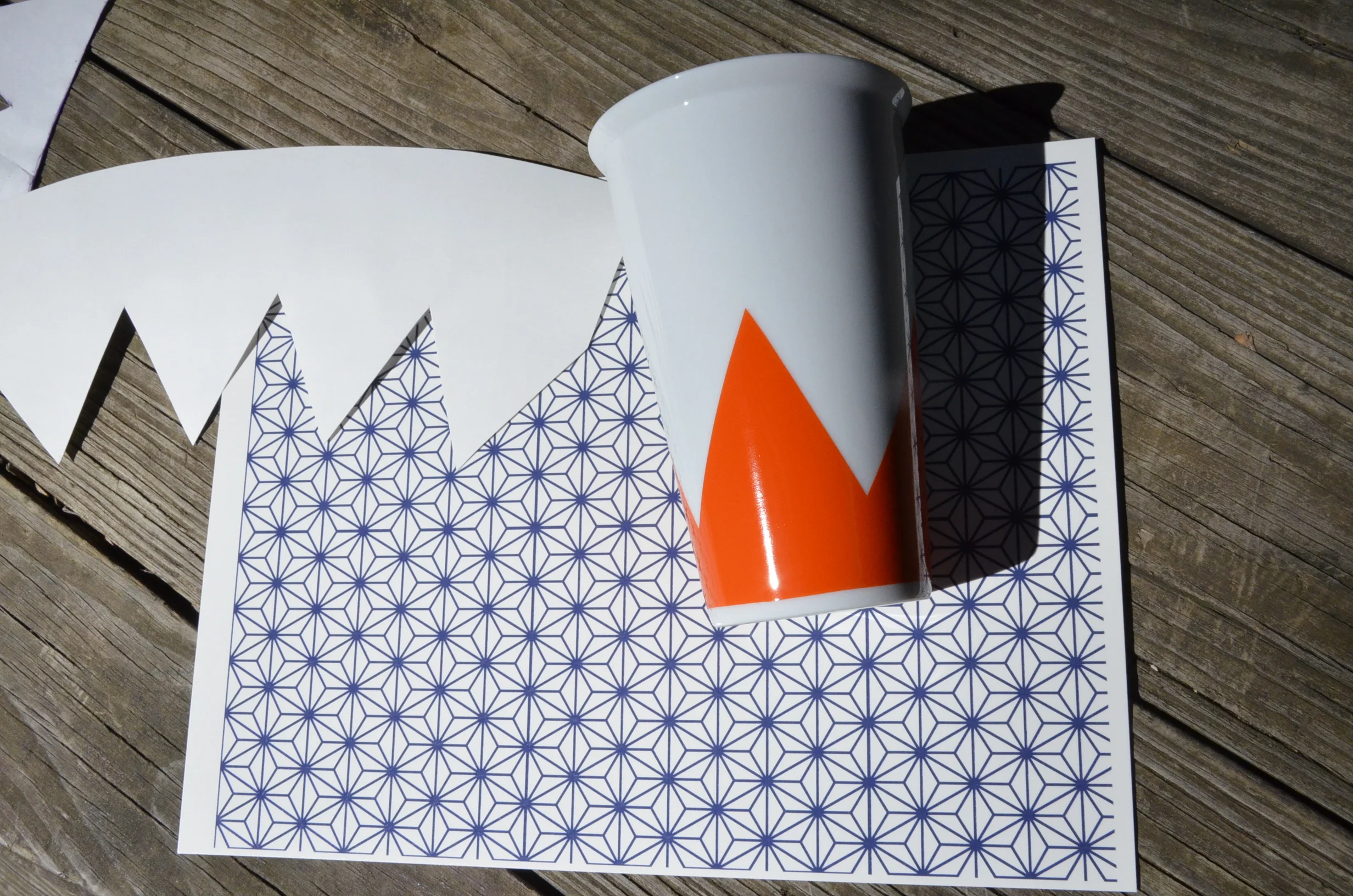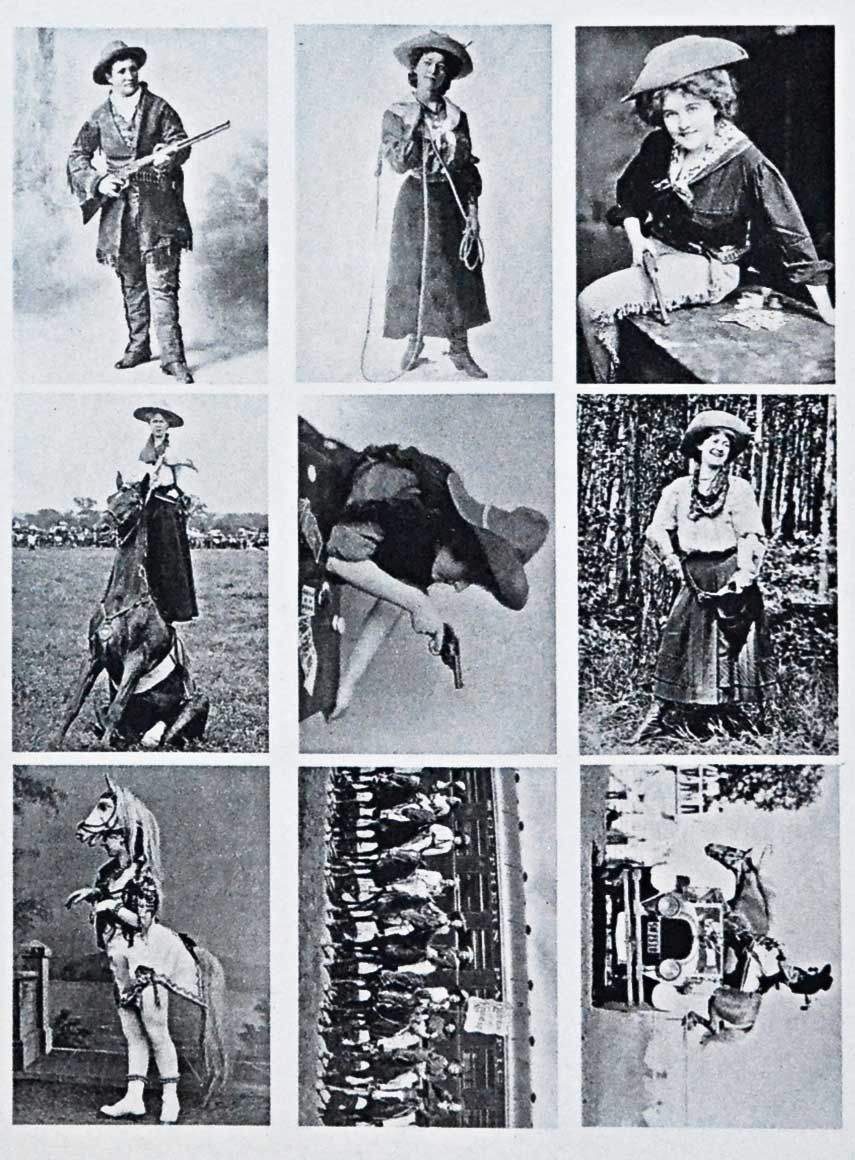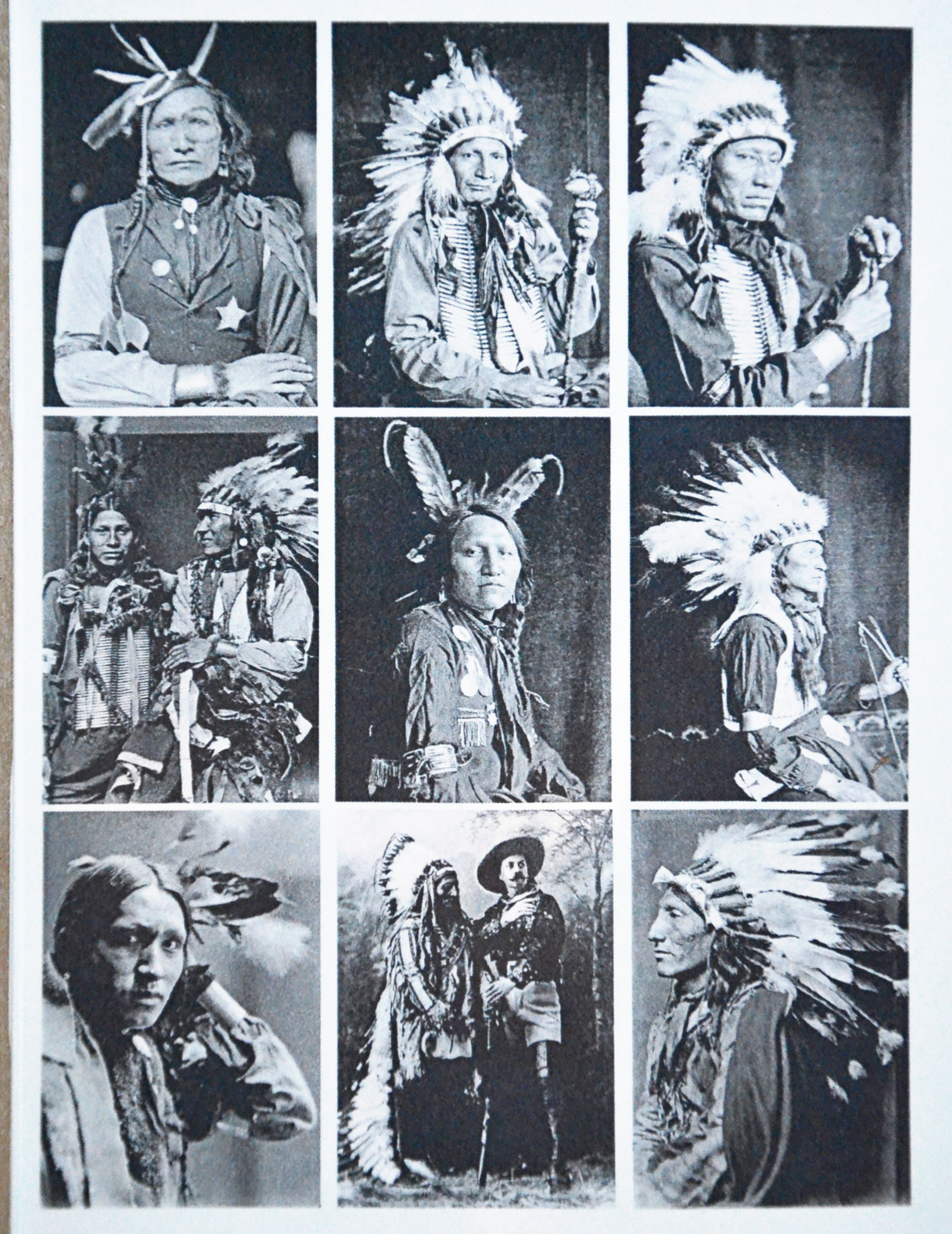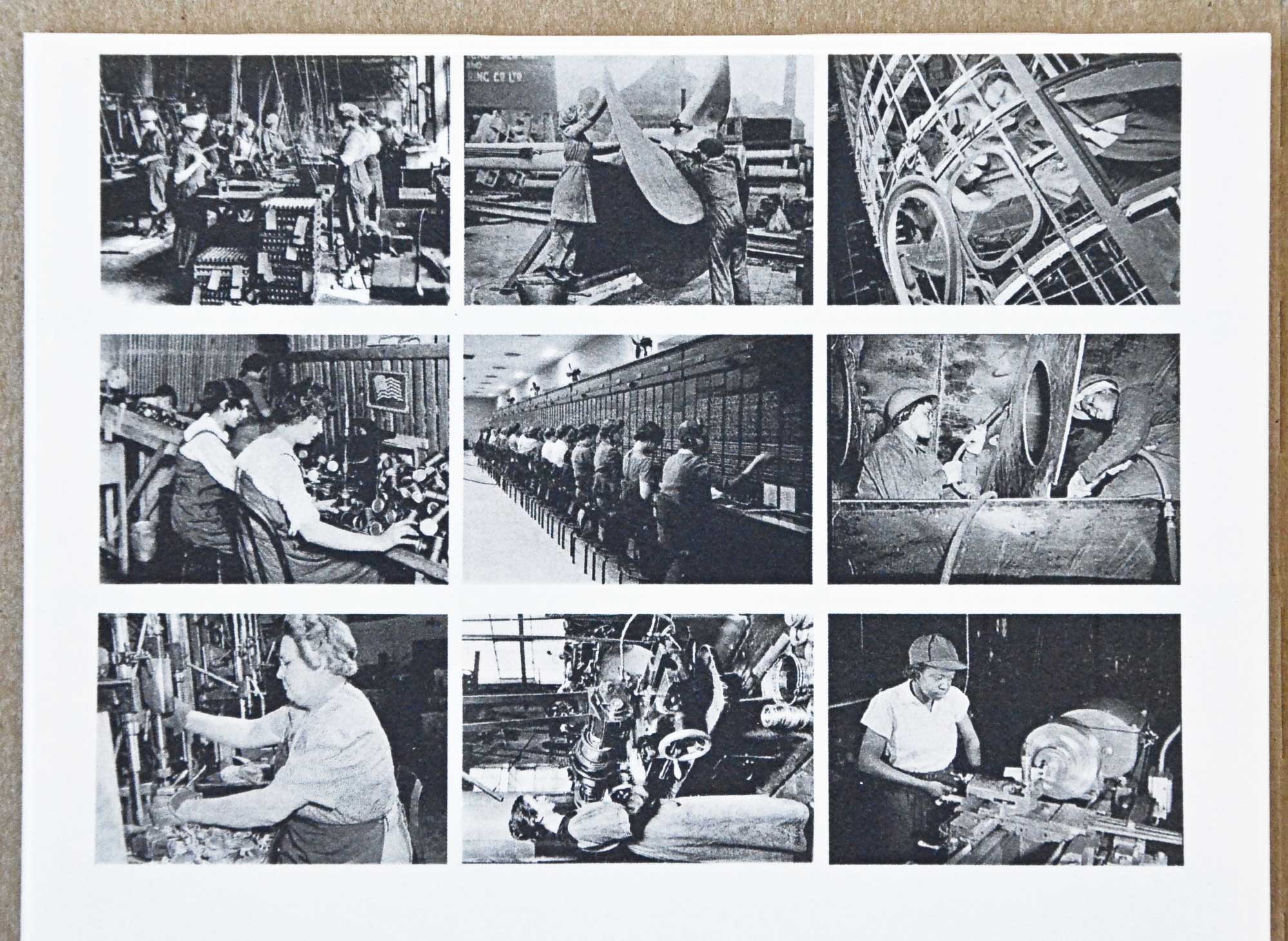This week we've just added a slew of new decals in the shop and they are quickly becoming quite popular! We offer these decals in three different sizes:
SMALL - Each sheet is 4 x 5.25 inch or 10.15 x 13.35 cm. Each decal is 1.25 x 1.75 inch or 3 x 4.5 cm.
MEDIUM - Each sheet is 5 x 6.75 inch or 12.5 x 17.15 cm. Each decal is 1.6 x 2.25 inch or 4 x 5.5 cm.
LARGE - Each sheet is 6.25 x 7.5 inch or 16 x 19 cm. Each decal is 2.25 x 3.25 inch or 6 x 8 cm.
A lot of artists we work with may not realize that we can print photographic decals. We print LOTS of custom decals using our client's own photos. These custom photograph decals can be in their original color format, and we can also edit your color photos and transform them into Black and White format or even Sepia tone.
Like what you see? Visit our Decal Shop to purchase them.
Want to print your own photographic decals? Click here to learn more.



















